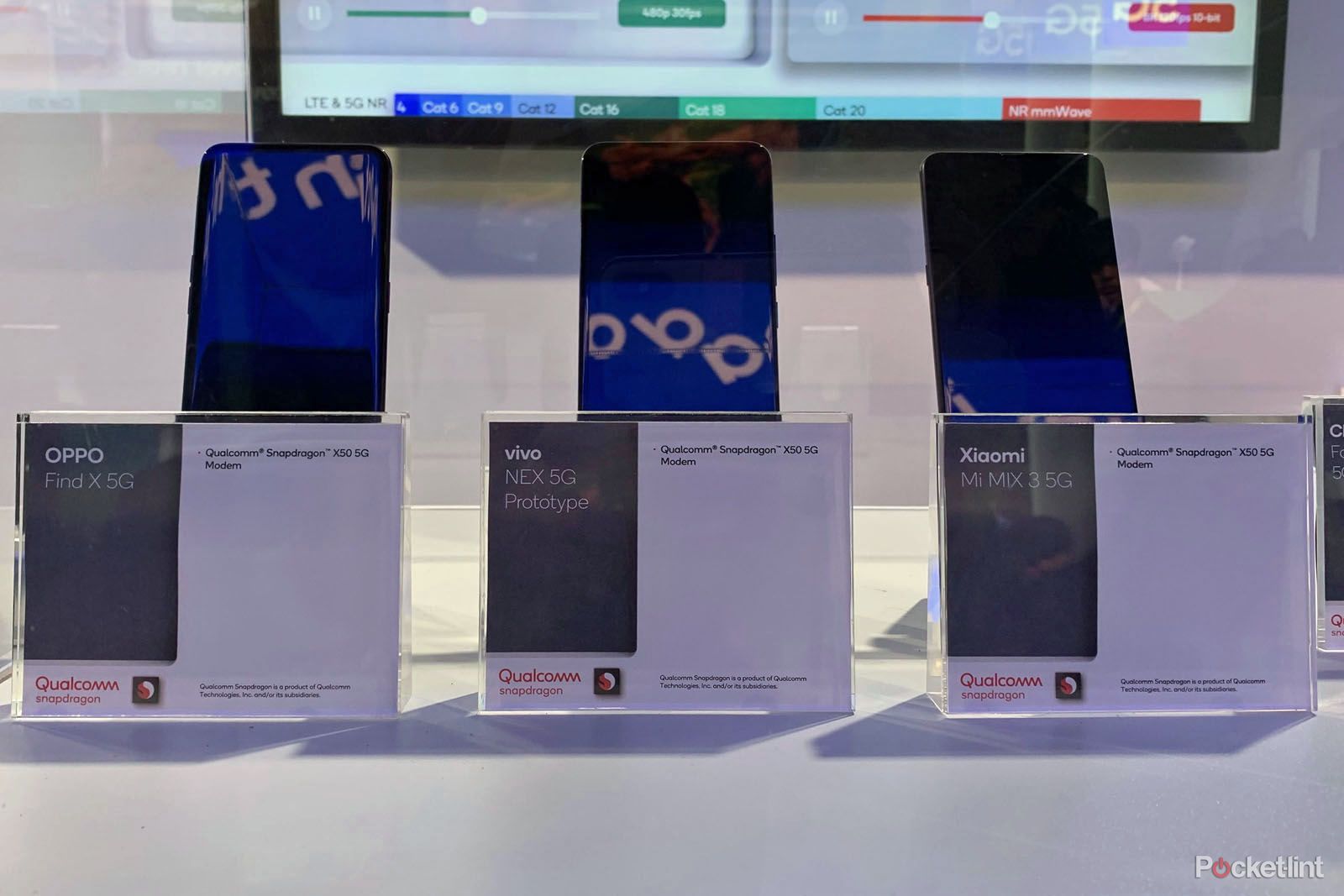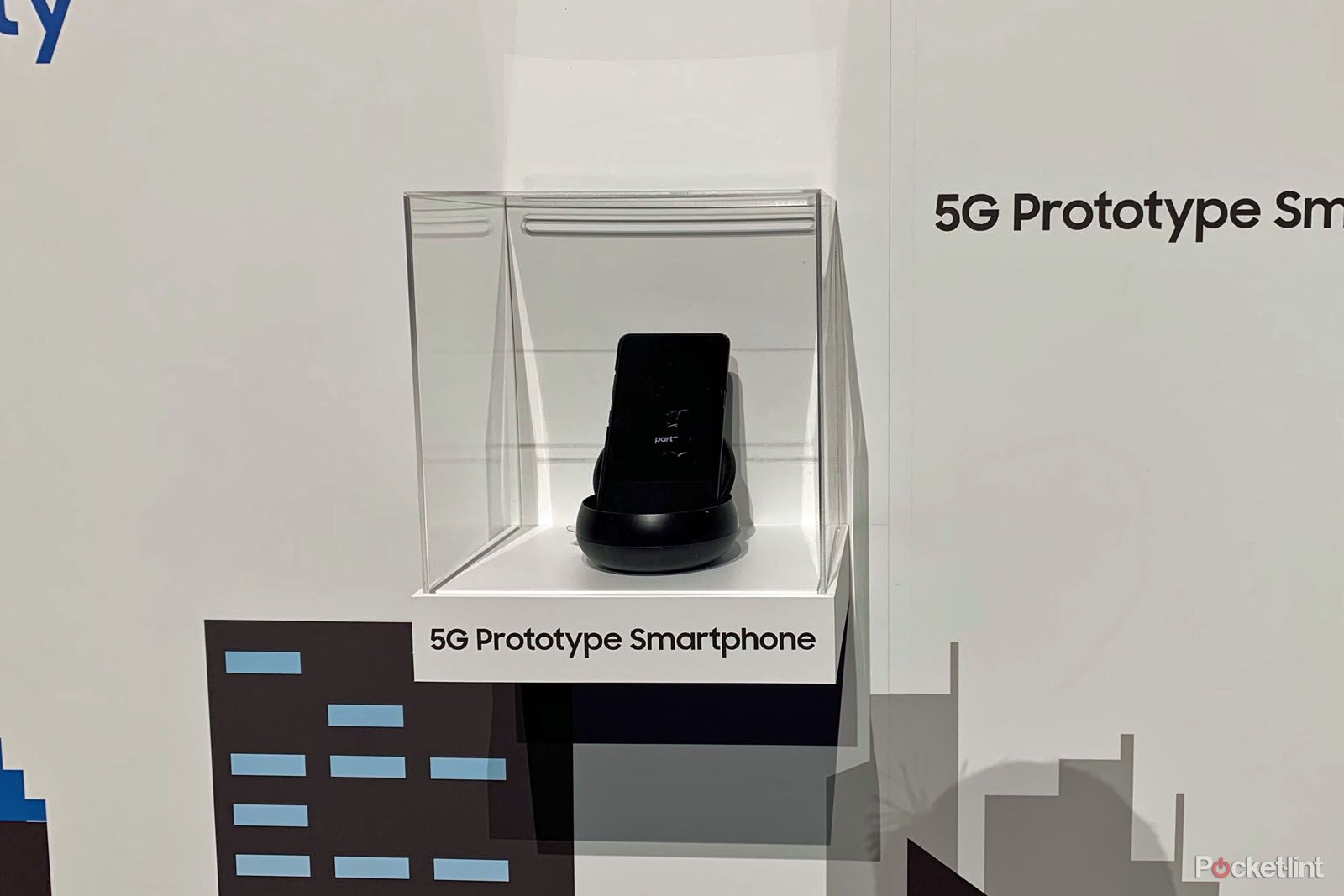Ask any tech commentator in late-2018 what they expected to see at CES 2019 - the Consumer Electronics Show held annually in Las Vegas, Nevada - and the answer would have most certainly of included 5G.
The move to next-gen wireless connectivity is something that companies like Qualcomm have been talking about for a couple of years, but, having launched the Snapdragon 855 platform a month earlier, and announced the X50 modem as far back as 2016, its announcements at CES 2019 focused on automotive partnerships and other areas of development.
Sure, there was a lot of talk about 5G around the halls of the Las Vegas Convention Centre, but the launch of 5G devices wasn't setting the agenda. For Qualcomm - one of the companies who will be first to market with 5G devices - aside from demos showcasing the potential of 5G it was a quiet piece of the company's stand where these devices nestled.
The 5G handsets at CES were those showcased previously by China Mobile, including the Oppo Find X, Vivo NEX and Xiaomi Mi Mix 3. Elsewhere, Samsung didn't make a song and dance of 5G either, but did put its 5G prototype in a box on its stand in such a way many would have likely walked passed without even noticing it.
While Samsung's CES agenda was really about showcasing new TV technology - Micro LED, 8K QLED and that surprising deal with Apple - the company quickly moved on and confirm the launch of its forthcoming Galaxy S10 handset in late February.
The attention on 5G is likely to reach fever pitch as we enter the next big technology show of 2019 - Mobile World Congress. With CES only really showcasing the Royole FlexPai - and that had been previously announced - it's going to be late February when the smartphone landscape changes and the door to the next-gen opens.
For Samsung, a true 5G version, and not just a 5GE model of the Galaxy S10 is rumoured, powered by the Exynos Modem 5100 or Qualcomm's X50; the launch of that phone in San Francisco might tie into AT&T's plans to rollout out 5G in the city - and the carrier has previously confirmed that it would add a 5G Samsung device to its offering in the first half of 2019.
Of course the part of 5G that really matters is the infrastructure. Every 4G user knows that coverage is a mixed experience and switching on a 5G network in a city is very different to having a network with sufficient coverage to provide a guaranteed experience for users. In many ways, the later you join the 5G revolution as a customer, the better the experience is likely to be.
For companies like Samsung and those Chinese brands - like Oppo, Vivo, Xiaomi - having a 5G smartphone to offer to customers is important. It's about showing your proficiency and proving that you're on the cutting edge of technology. Headlines will be dominated by these companies launching their products for early adopters.
For Apple the story is different - the iPhone isn't expected to move to 5G until 2020. While some will say that for Apple's struggling Chinese market the lack of a 5G device is an oversight, for the established fans in core US and European markets it gives time for networks to develop, tariffs to drop and more importantly, the experience to be more consistent.
As we move into 2019 we're on the cusp of this 5G revolution. It's going to be a furious couple of years of 5G announcements and we're expecting it to start in earnest in February.


